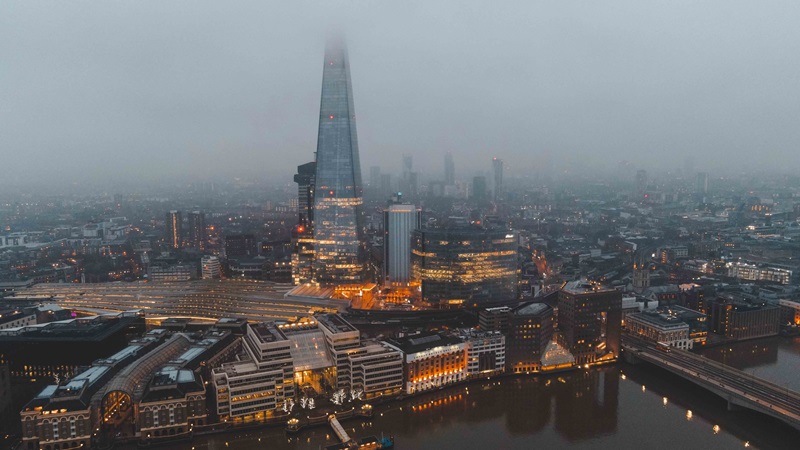Winter is coming, but it's not all doom and gloom for construction
Wherever you look at the moment it feels like there is bad news everywhere – the war in Ukraine, worsening global economic conditions, interest rates rising again, the energy crisis and the list goes on… However, I am pleased to note that there is one area bucking the trend - for those of us in construction, there is plenty to be proud of.
According to new statistics revealed by the Office for National Statistics (ONS) GDP statistics, construction was the only major sector of the economy to grow in September. The service sector is stagnating and manufacturing was down by 2.3%. While the economy overall saw a drop in GDP by 0.6% ours actually grew by 0.4% - the third month of growth in a row and the highest level of construction output (£15,125 million) since records began!
Yet again our industry is proving its resilience.
It is clear that construction remains in high demand, with 5 out of the 9 sectors the ONS report seeing growth. People said during the Covid-19 lockdowns, with the majority of people working from home, that the commercial sector was dead - but the ONS reports that new orders are up 27.7% in the last quarter.
The ONS reports on particular growth in the repair maintenance and improvement market – this is driven in part by the rise in demand for energy efficiency improvement. We’re seeing this ourselves with almost half of our new orders in our office division, now being retrofits, and we hope this trend continues following the Chancellor’s commitment to energy efficiency in the Autumn Statement.
The ’end of the office’ commentary of recent times wasn’t the only time critics have been proven wrong. The many rumours over cuts to infrastructure spending touted for the Chancellor’s Autumn Statement never materialised. In fact, it was largely positive news for the industry. The Government has recommitted to major programmes like the new nuclear facility, Sizewell C, as well as to HS2 and the New Hospital Programme. It is our industry at the coal face of delivery for these projects and programmes, and it is great to see that this Government has recognised how we contribute to the national and local economies.
However, we should not rest on our laurels. Inflation in the cost of both materials and labour continue to plague the sector. The BEIS material price index increased again by 16.7% in September compared with the same month the previous year. Whilst there has been some easing on pricing on certain products, input prices are still at a record high. Sadly, this has taken its toll on some sub-contractors, with some big names going under in recent months. This is shocking when you consider that we didn’t see a single supplier go out of business through any of the lockdowns. However, we’re starting to see more struggling now, and despite our ongoing support for our suppliers, sadly we’ve lost one or two this year.
Understandably, the Bank of England wants to get inflation down across the economy. It raised the base rate to 3% in November in a bid to achieve this. They hope to see inflation fall sharply in the middle of next year, but the economy is likely to go through a downturn as a consequence. We should not fear this as an industry. We’ve been through downturns in the past and got through them. What is important is how the sector, both clients and contractors, respond.
The worst thing we could do is panic.
If we try to reduce risk down the supply chain, we will only be racing to the bottom. Instead, we need to work together as an industry – as we did so well through the pandemic - to weather any approaching economic storm and come out of it safe and dry.
Yes, the winter will be tough, but let us keep focused on what we do best: constructing brilliant buildings and infrastructure, making our mark on the skyline and providing brilliant careers.
This article was first published in Building Magazine.













